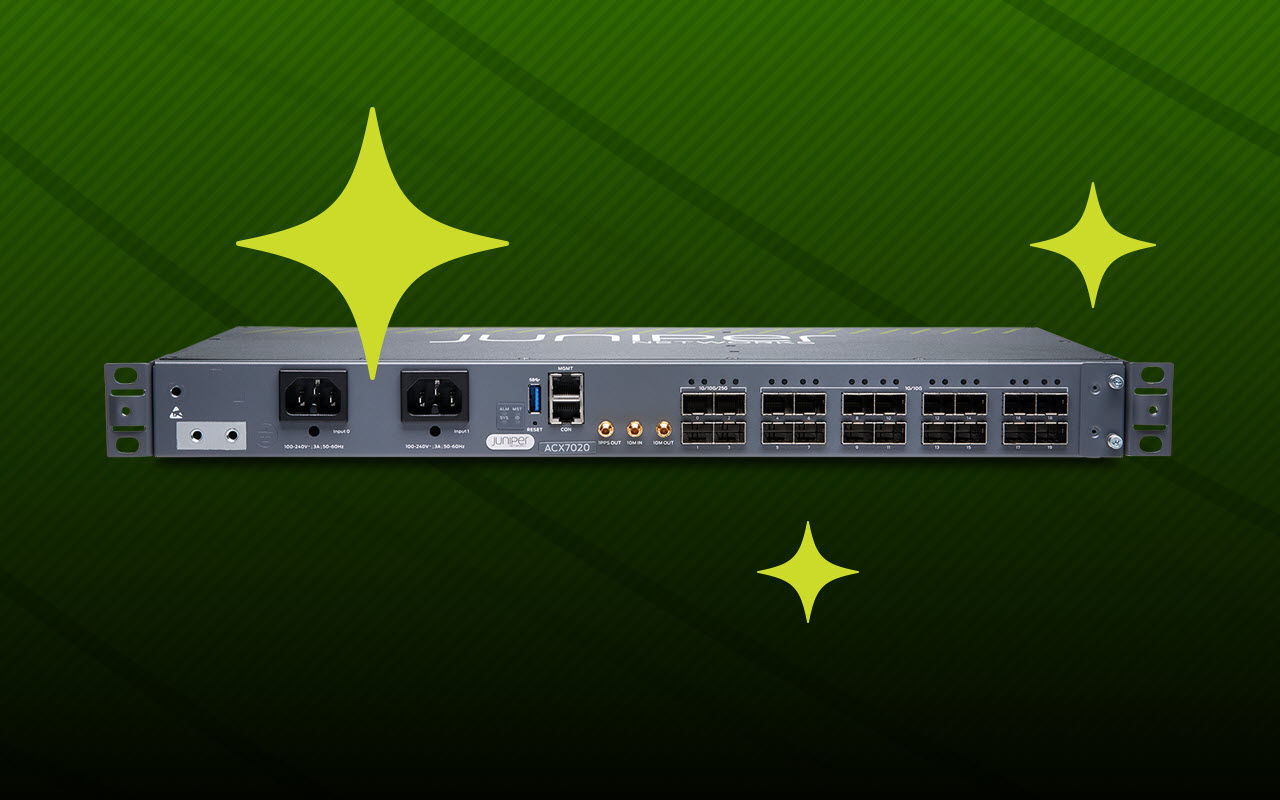Whether you are a new blogger looking to host a small web server, a startup with a handful of developers or a large Fortune 100 enterprise, Amazon Web Services is a top public cloud infrastructure vendor choice. The wide deployment and rapid adoption of AWS comes from its vast options of infrastructure, ISV software availability and ease of deployment. The ease of deployment is particularly important, since it has eliminated the pain points of building and operating a data center on premises. AWS hosts all of the necessary components, both physical and virtual, on their globally distributed and connected data centers, and provides the necessary compute environments to customers on demand.
However, there are customers who prefer to have the compute and the rest of the infrastructure hosted within their own data centers. Their reasons include security, data governance and low latency. The AWS Outposts solution is designed to bring AWS Cloud services to customers’ on-premises data centers. An AWS Outposts Rack is delivered to a customer site as a preconfigured standalone rack, requiring only power and network connectivity to begin providing service in customers’ data centers.
These AWS Outposts can now be deployed in an on-premises data center with Juniper QFX Switching devices to interoperate with an AWS Outposts Rack.

Switches from Juniper are widely deployed in customer data centers for their speed, high quality, feature richness and extensive automation capabilities. A modern spine-leaf data center fabric would typically leverage the QFX5k devices in the leaf (or top-of-rack) role, and either the QFX10k or QFX5k devices in the spine role. The flexibility of the QFX family and the Junos operating system running the devices provides many architectural options for how a customer can build their data center fabric. Some of the additional benefits of deploying QFX Switching with AWS Outposts are direct access to AWS workloads, on-premises workloads leveraging local internet breakout and regulatory requirements for data sovereignty.
Direct Access to AWS Workloads
With the AWS Outposts Rack integrated into the data center fabric, the workloads hosted in the AWS Outposts solution become a full participant in the data center. This is important for applications where local non-AWS workloads need to interact with AWS workloads. This direct access via the data center fabric provides high-bandwidth options (up to 400G) and lower latency paths for applications to interact with AWS resources. Resources in the data center will have direct IP connectivity to the resources in the AWS Outposts Rack. Research applications requiring large amounts of data, or financial applications requiring low latency, are good examples of how direct access can provide a significant performance improvement.
On-Premises Workloads Leveraging Local Internet Breakout
There are many types of workloads which require internet connectivity to perform their functions and reach their customers. When migrating these workloads to the cloud, customers have traditionally hosted these applications in the AWS Cloud and leveraged AWS internet gateways for access. With the integration of AWS Outposts into a customer’s on-premises data center, this provides new options for using local data center internet connectivity for these applications. This can provide faster speeds, lower costs and different proximity options for internet destined traffic.
Regulatory Requirements for Data Sovereignty
Across various countries, regions and states, there are regulatory limits on how and where data is stored. Customers operating in these environments can integrate the AWS Outposts solution into a data center which can meet these regulatory requirements. This allows customers to leverage the operational benefits of the AWS Cloud, while staying compliant with local data sovereignty requirements.
For all of the use cases above, the ability to locally host AWS resources in a QFX datacenter and have these services mix seamlessly with cloud-based AWS workloads opens up new opportunities for efficiency, resiliency and performance.
With application environments and requirements evolving rapidly, enterprises require new approaches to network design, security and operations. A data center capable of connecting and securing applications end-to-end across varied environments, as simply as if they were one, lets organizations optimize resources as a single, cohesive infrastructure with consistent operations throughout.
Further Read: Configuring QFX Series Devices with AWS Outposts
























